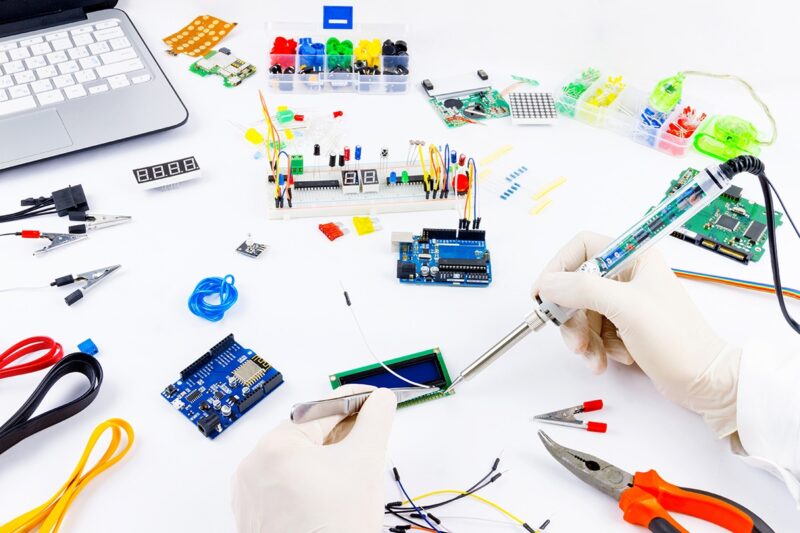Yocto Primer:
Level 1
Introduction to Yocto
Welcome to the world of Yocto!
The Yocto Project is an open-source collaboration project that provides templates, tools, and methods to help you create custom Linux-based systems for embedded products, regardless of the hardware architecture.
It’s designed to be flexible and easy to use, even though it can seem complex at first glance.
What is Yocto?
Yocto isn’t a distribution of Linux; instead, it’s a framework to generate a Linux distribution.
It allows developers to create a customized Linux system from scratch, tailored specifically for embedded devices.
The core of the Yocto Project is the Poky build system, which includes the BitBake tool and a set of metadata that defines how the system should be constructed.
Key Components
- BitBake: A command-line tool that performs the build based on provided metadata. It acts like a task scheduler and runs specified tasks, such as fetching source code, configuring, compiling, and installing it.
- Layers: These are modular repositories containing recipes, configuration files, and classes that define specific aspects of the build. Layers allow you to organize and isolate different sets of metadata to customize your build.
- Recipes: These are sets of instructions for BitBake to follow to build a particular piece of software.
- Metadata: It includes recipes, configuration files, and classes that guide the build process.
Best Practices
Getting the most out of Yocto involves understanding some key best practices:
- Understand the Layer Structure: Keep your build organized by understanding which layers are required for your project and what each layer contributes. Common layers include:
- OpenEmbedded-Core (OE-Core): The fundamental layer providing the core metadata for building a wide variety of software.
- Machine Layer: Specifies the hardware-related recipes and configurations.
- Distribution Layer: Defines distribution-specific settings and overrides.
- Your Custom Layer: Where you can place all your custom recipes and modifications.
- Use Version Control: Always use a version control system for your recipes and configuration files. This allows you to track changes and manage contributions efficiently.
- Optimize Build Times: Utilize features like ‘sstate-cache’ and ‘shared state cache’ to speed up subsequent builds by reusing build output from earlier builds where possible.
- Regular Integration: Regularly integrate and test your builds. Continuous integration can help catch problems early in the development process.
- Stay Up-to-Date: The Yocto Project and OpenEmbedded community are active and frequently update. Regularly updating to the latest versions of software and tools can provide you with bug fixes, security patches, and new features.
- Documentation and Community: Leverage the extensive documentation available and engage with the community through mailing lists, forums, and annual events like the Yocto Project Summit.
Conclusion
Starting with Yocto can be challenging, but it’s incredibly rewarding.
By understanding its core components and adhering to best practices, you’ll be well on your way to mastering embedded system development with the Yocto Project.
Dive in, experiment, and become part of a vibrant community of developers pushing the boundaries of what’s possible with embedded Linux.









